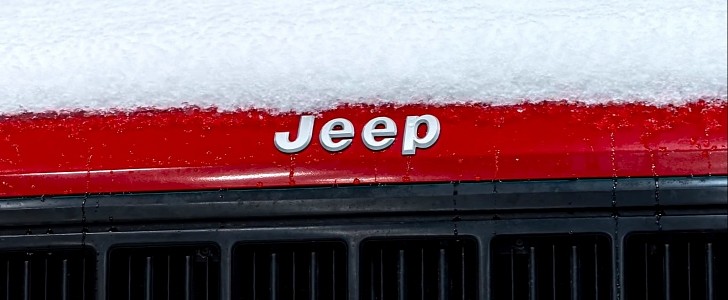In the early 1980s, the Jeep Cherokee XJ was launched, and it was the company's first all-new design in almost two decades. It was also the first American off-roader with a unibody design. Those things come naturally these days, but consisted of a massive change in thinking three decades ago. Now, those who want an XJ might need to rebuild it from the ground up to really enjoy it.
The folks over at Hagerty have a 1993 Jeep Cherokee Sport, which is also an XJ generation model, and it comes with the famous 4.0-liter inline-six-cylinder motor designed by AMC. Now, that motor is regarded as “bulletproof” by the Jeep community, but it does not mean it is not prone to failure.
If the 4.0-liter inline-six engine does reach the end of its life, it happens in the form of rod knock, but other sources of failure may appear. Yes, it's not pretty, and almost anything might happen to a vehicle that is that old, especially if its maintenance was not stellar, or if it is rarely used. The latter does damage to vehicles in various ways, as we have previously explained in multiple articles.
Since the people at Hagerty knew that their Jeep would require a rebuild, they went ahead and prepared to make it better in all possible ways. The first was to get a crankshaft and a set of pistons from a 4.2-liter Jeep engine.
The goal is to stroke the motor to 4.6 liters of displacement, which will bring a boost in power and torque, with the fueling and timing adjusted accordingly. Installing an electronically controlled ignition system might help, and a coil-on-plug setup might go the extra mile, despite missing out on the historical look.
As you might say, there is no replacement for displacement, and this works well with older motors that have bigger brothers available. In some cases, pistons, connecting rods, and even a crankshaft from a different motor may be adapted to obtain a different displacement.
There are other routes for an increase in displacement, such as modifying the bore, not the stroke, and some options involve doing both. It depends on the initial design of the motor, but also on the owner's budget and goal. Watch a time-lapsed engine rebuild by Hagerty below.
If the 4.0-liter inline-six engine does reach the end of its life, it happens in the form of rod knock, but other sources of failure may appear. Yes, it's not pretty, and almost anything might happen to a vehicle that is that old, especially if its maintenance was not stellar, or if it is rarely used. The latter does damage to vehicles in various ways, as we have previously explained in multiple articles.
Since the people at Hagerty knew that their Jeep would require a rebuild, they went ahead and prepared to make it better in all possible ways. The first was to get a crankshaft and a set of pistons from a 4.2-liter Jeep engine.
The goal is to stroke the motor to 4.6 liters of displacement, which will bring a boost in power and torque, with the fueling and timing adjusted accordingly. Installing an electronically controlled ignition system might help, and a coil-on-plug setup might go the extra mile, despite missing out on the historical look.
As you might say, there is no replacement for displacement, and this works well with older motors that have bigger brothers available. In some cases, pistons, connecting rods, and even a crankshaft from a different motor may be adapted to obtain a different displacement.
There are other routes for an increase in displacement, such as modifying the bore, not the stroke, and some options involve doing both. It depends on the initial design of the motor, but also on the owner's budget and goal. Watch a time-lapsed engine rebuild by Hagerty below.








